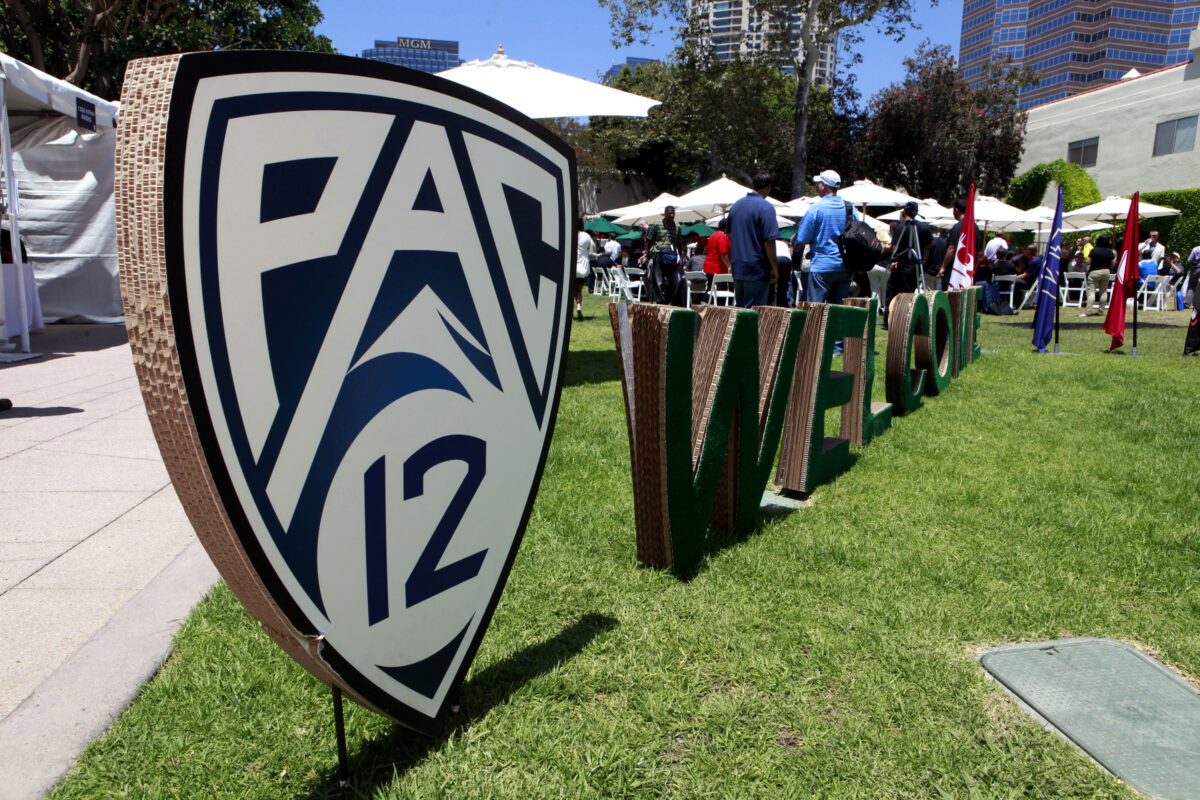There are so many variables and so many unknown elements in the world of college sports realignment right now. The national map is likely to look very, very different in 2027, compared to 2022. The impermanence of realignment means conference commissioners have to craft strategies with the long run in mind.
Jon Wilner of the Wilner Hotline unpacked this point in a mailbag column from Friday.
At this point, the challenge for commissioner George Kliavkoff is crafting a contract that provides flexibility for Washington, Oregon and Stanford and security for the others.
That could be a six-or eight-year deal with an opt-out clause in case the Big Ten comes calling.
Why would the Four Corners agree?
Welp, Utah won’t sign a 10- or 12-year deal with the Big 12, and we aren’t sure Arizona State would, either.
Those schools want flexibility in case the long-anticipated FBS split unfolds and the call comes from the upper tier. (The Phoenix media market is No. 11, per Nielsen DMAs.)
The other issue is timing:
The Pac-12 is negotiating its media deal now and will offer schools a written contract; the Big 12 cannot negotiate for two years and, as a result, is limited to offering projections and promises.
If the revenue is right, Kliavkoff’s task becomes vastly easier.
[mm-video type=playlist id=01eqbz8sj88pxak7gd player_id=01f5k5y2jb3twsvdg4 image=https://trojanswire.usatoday.com/wp-content/plugins/mm-video/images/playlist-icon.png]
[listicle id=46363]
